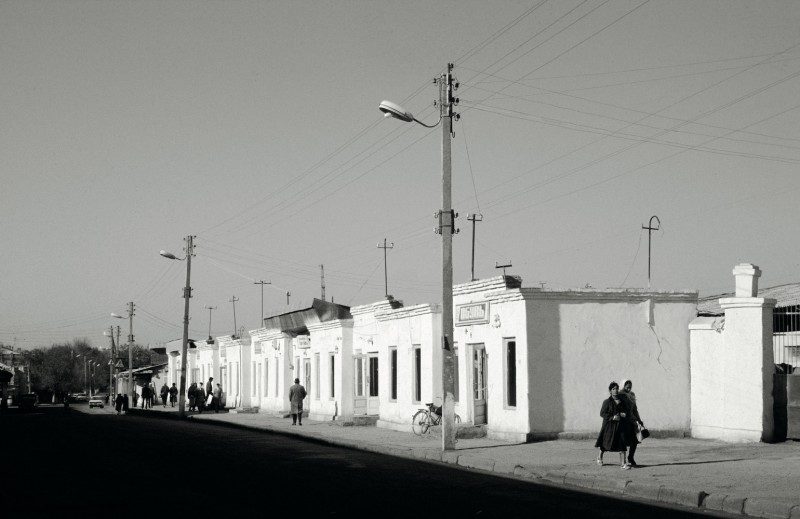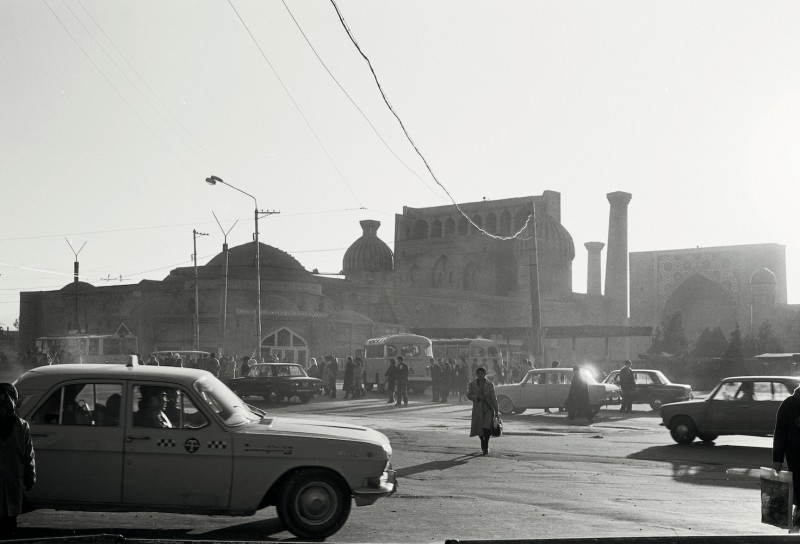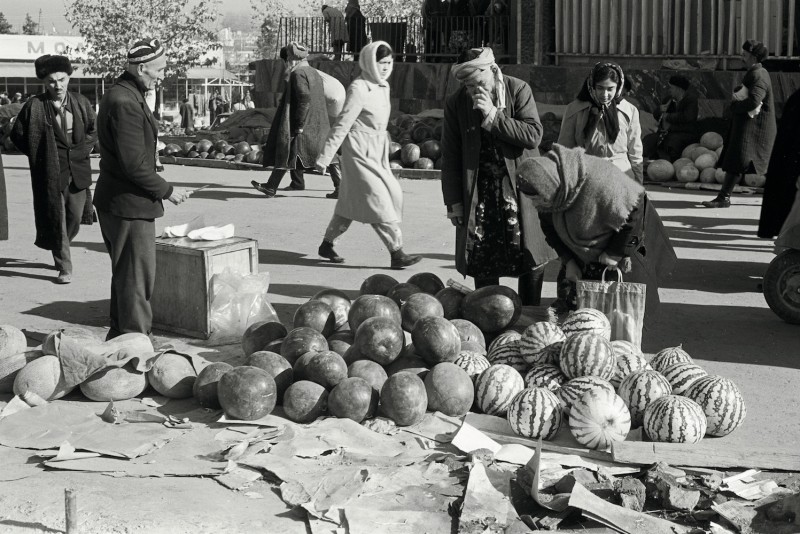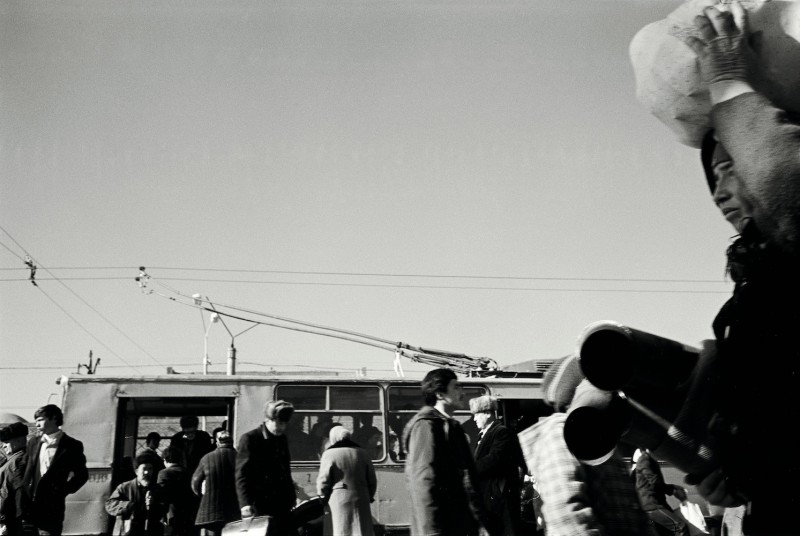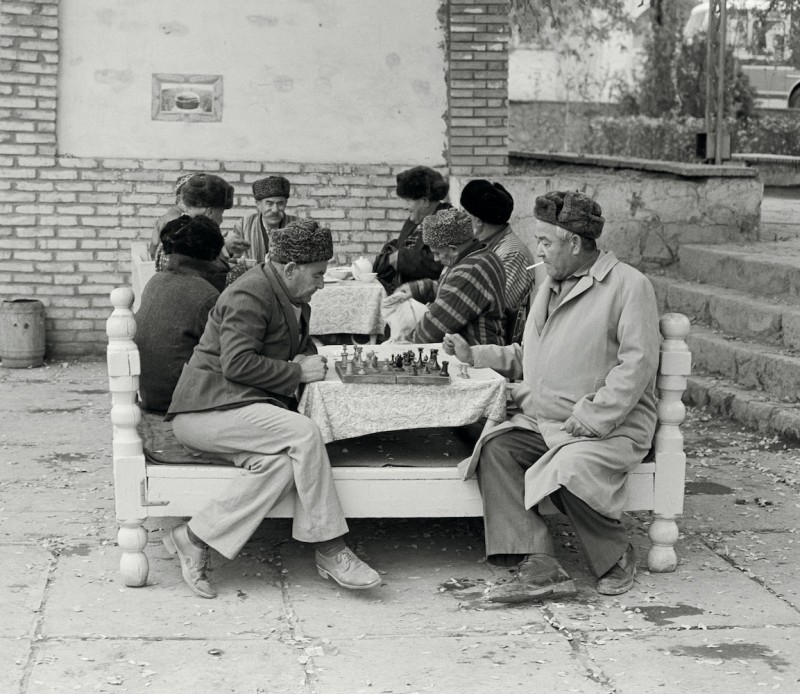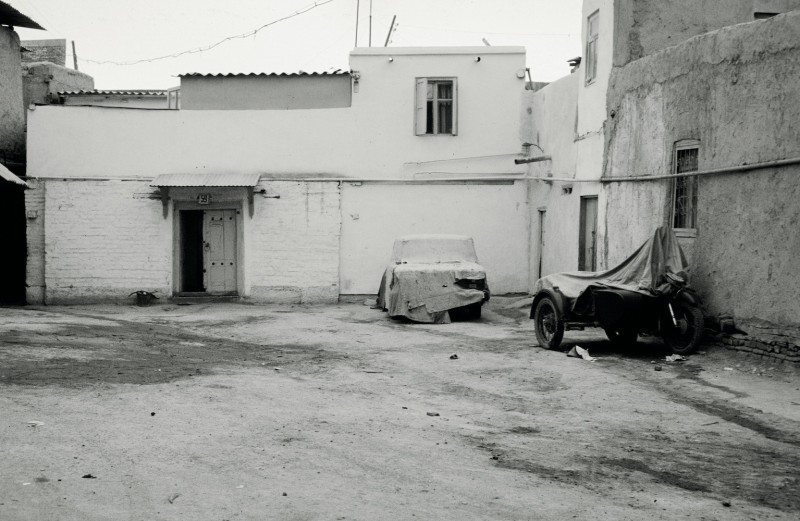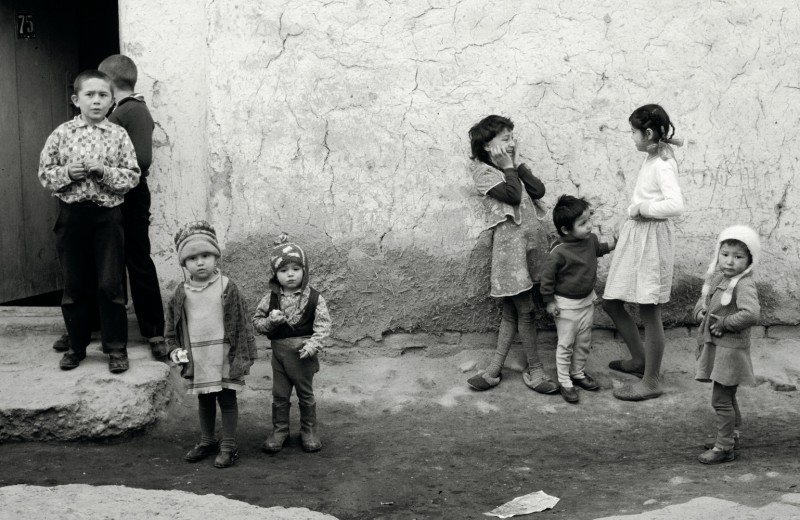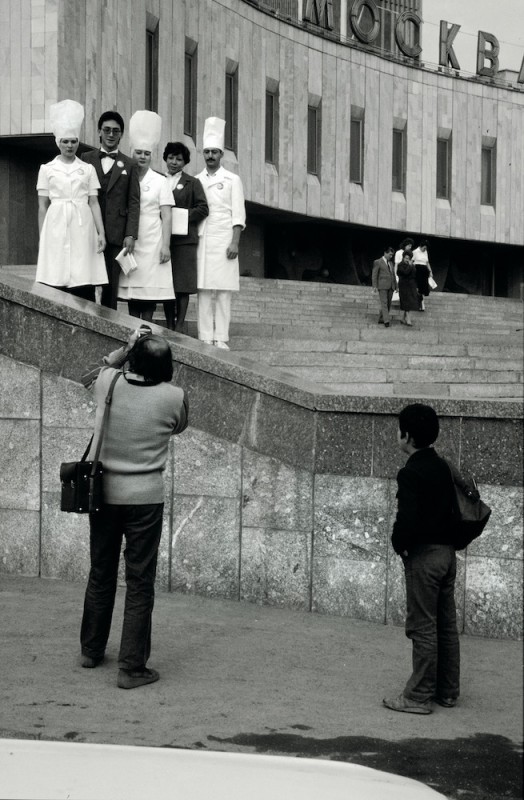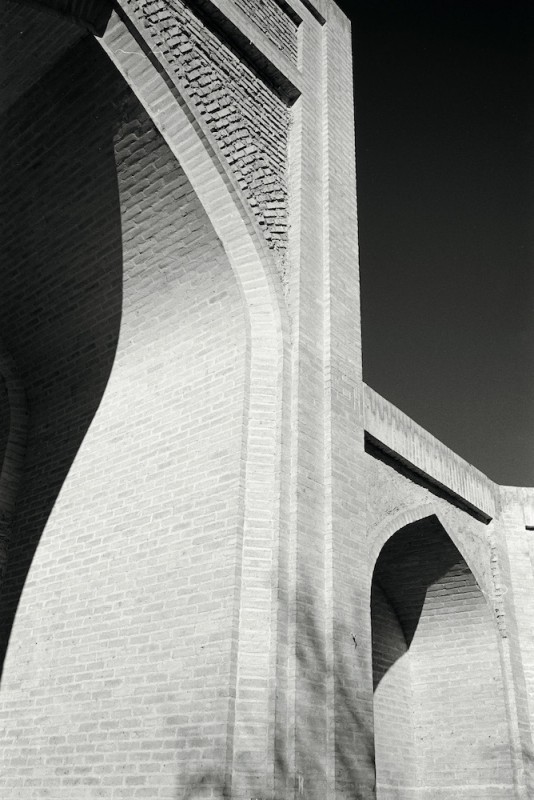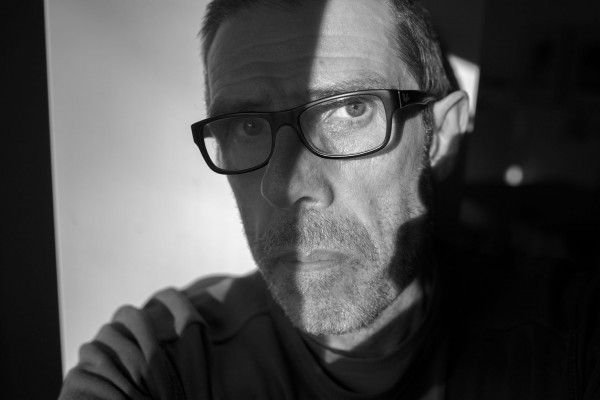Usbekistan 1985
Usbekistan 1985
Paul Maaßen
November 8, 2022
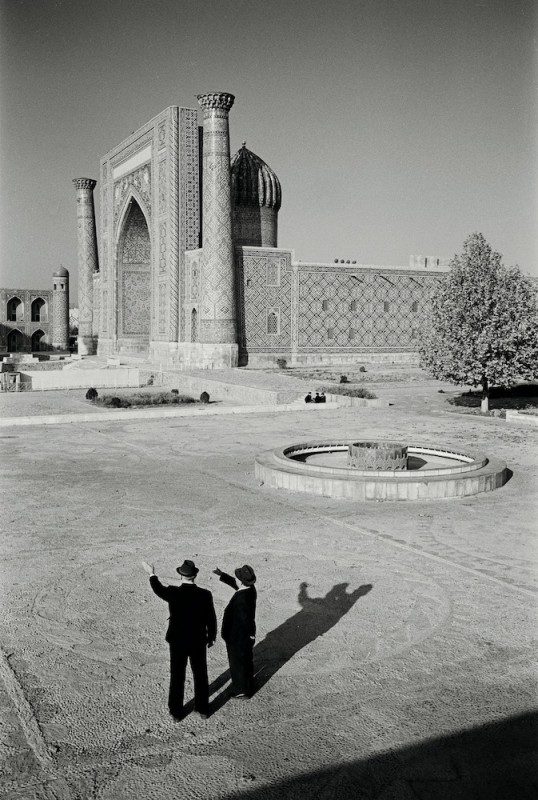
LFI: Your pictures show Uzbekistan in 1985. How exactly did you rediscover this material, and why did you decide to publish it now as a book?
Paul Maaßen: Time and again, my friends, those who travelled with me at the time, and even people who had simply heard about our experiences, asked me about the pictures. Obviously, travelling to the Soviet Orient back then was considered very exotic. I had never published or exhibited these pictures. In the end, I made them up into a dummy book, a sort of collection of material for presentation purposes. As to whether it turns into an actual book, is something we'll have to wait and see about.
Uzbekistan in the eighties was surely not the easiest place to travel to. What moved you to go there at the time?
It was a friend's idea, and he was looking for travel companions. I had just sold my pub and finished my studies, so I had the time and the money – and I was, after all, a photographer looking for novel subjects. Four of us made up the travel group; back then, travelling there alone was not something you could do. It became clear soon after our arrival in Uzbekistan, that we wouldn't be able to produce any real reportages during the trip, as our Russian guides and interpreters supervised us all the time – which significantly limited my ability to take photographs. The distance to the local people – due to the language barrier, the supervisors and our appearance – was too large.
When you think back on the trip, what was different about taking photographs in those days and in that place?
Already at a distance, people recognised that I was a Westerner – and then there were the two Leicas, though I always kept one of them hidden. Furthermore, the willingness of people to have their picture taken was noticeable lacking. Particularly older men, and practically all the women, kept their distance, whereby younger men seemed a bit more open. This led to the fact that many of the pictures – often taken without looking through the viewfinder – qualify more as street photography.
What did you find the most fascinating? What did you absolutely want to capture in your photos?
In 1985, Uzbekistan was still part of the Soviet Union: you couldn't speak about a flourishing landscape or a certain degree of prosperity back then. When it came to the infrastructure, buildings in the cities and the traffic, there was no comparison to western standards either. Even in the cities' broad streets and squares, it was striking how small the number of cars was. At the same time, the impression was that people's everyday life took place outdoors. It all had so little to do with the usual image of our western cities, that I simply had to capture it in pictures.
Do you have plans to visit the country again – or have you already done so recently?
Only a few months ago, together with a friend, I once again considered travelling to Uzbekistan after almost forty years, to review my impressions from that time. Since 1991 and the breakup of the disintegrating Soviet Union, there has been an upswing in certain areas – even though a moderate dictatorship under the guise of a democratic form of government followed, and remains to this day. Because Germany enjoys a relatively close relationship with Uzbekistan, it should be easier now to take such a trip.
Paul Maaßen+-
...was born in Kempen am Niederrhein, Germany, in 1955. After graduating from high school, and doing a few semesters of Romance and German studies, he joined Arno Jansen's Artistic Photography class at the former Cologne Werkkunstschulen until 1985. In 1979, he received a certificate for submitting his Archetopos cycle for the German Photography Society's Otto Steinert Award. His work focuses a lot on photo projects and exhibitions of landscape photography, but also on portraits for book and cover illustrations. More

